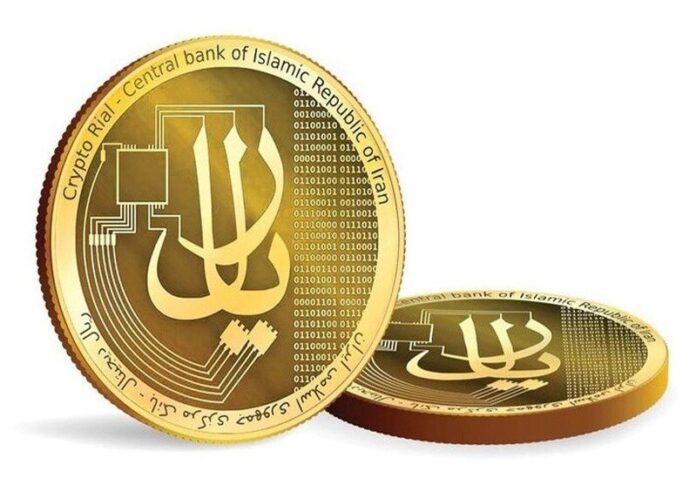Iran is moving forward with an exciting new development in its financial system: the launch of a Central Bank Digital Currency (CBDC), known as the digital rial. This digital currency is designed to serve as a new form of money for Iran, which will be used primarily for retail purposes.
Introduction to the Digital Rial
The Central Bank of Iran (CBI) has been working on this project for several years, and it is now approaching the final stages of development. The main goal behind this initiative is to keep the country’s banking system up-to-date, even as it faces strict international sanctions.
The Development of the Digital Rial
The digital rial has been in the works since 2018, with the CBI focusing on creating a modern financial system for Iran. The technology behind this digital currency is based on open-source software called Hyperledger Fabric, which allows for the development of secure and efficient digital payment systems. The project had already finished a “pre-pilot” phase by the middle of 2023. This stage involved large Iranian banks and helped test the system’s capabilities before launching it to the public.
In June 2023, Iran launched a pilot project for the digital rial on Kish Island, which is a free trade zone in Iran that attracts millions of tourists each year. This pilot project is an important step in testing the digital rial in a real-world environment. So far, the digital rial has been designed for domestic use and does not involve intermediaries. The goal is to enable fast, secure, and efficient transactions within the country. The CBI has emphasized that developing innovative banking systems is a critical responsibility for any central bank, and this project shows Iran’s determination to modernize its financial sector, despite facing external challenges.
Overcoming Sanctions with Technology
International sanctions have been a significant challenge for Iran in recent years. These sanctions, led by the United States, have made it difficult for Iran to access global financial systems and engage in international trade. However, the development of the digital rial and its integration with various payment systems is part of a broader strategy to bypass these sanctions and strengthen Iran’s financial independence.
In October, Iran successfully integrated its domestic payment system, the Shetab system, with Russia’s MIR payment system. This integration allows Iran to process transactions without relying on the global SWIFT network, which is heavily controlled by Western countries. The MIR system is a Russian alternative to SWIFT and has become an important tool for countries that are subject to sanctions. By replacing SWIFT with this platform, Iran is seeking to build stronger financial ties with Russia and other countries that are part of the BRICS group, which includes Brazil, Russia, India, China, and South Africa. These countries are working together to create a new framework for global trade that is less reliant on Western financial systems.
In addition to the Shetab-MIR connection, Iran and Russia have also collaborated on other cross-border payment solutions, such as a gold-backed stablecoin. Stablecoins are digital currencies that are tied to the value of a physical asset, like gold, to reduce the risk of price fluctuations. This collaboration demonstrates Iran’s willingness to explore alternative financial tools to support its economy and trade relationships.
Iran has also tested the use of cryptocurrency for international trade, although this approach has been risky due to the potential consequences of violating U.S. sanctions. Cryptocurrency exchanges that engage in business with Iran face penalties, making it difficult for the country to fully embrace this technology. Despite these challenges, Iran is committed to finding ways to overcome the restrictions imposed by international sanctions.
The digital rial is a significant development for Iran as it seeks to modernize its financial system and reduce its reliance on global banking networks that are influenced by Western sanctions. By integrating with Russia’s MIR system and other payment platforms, Iran is looking for ways to bypass traditional financial systems like SWIFT and ensure that its economy remains functional despite external pressures. The digital rial is part of a broader effort to innovate and adapt to a rapidly changing global financial landscape, ensuring that Iran can continue to participate in international trade and maintain financial stability.


